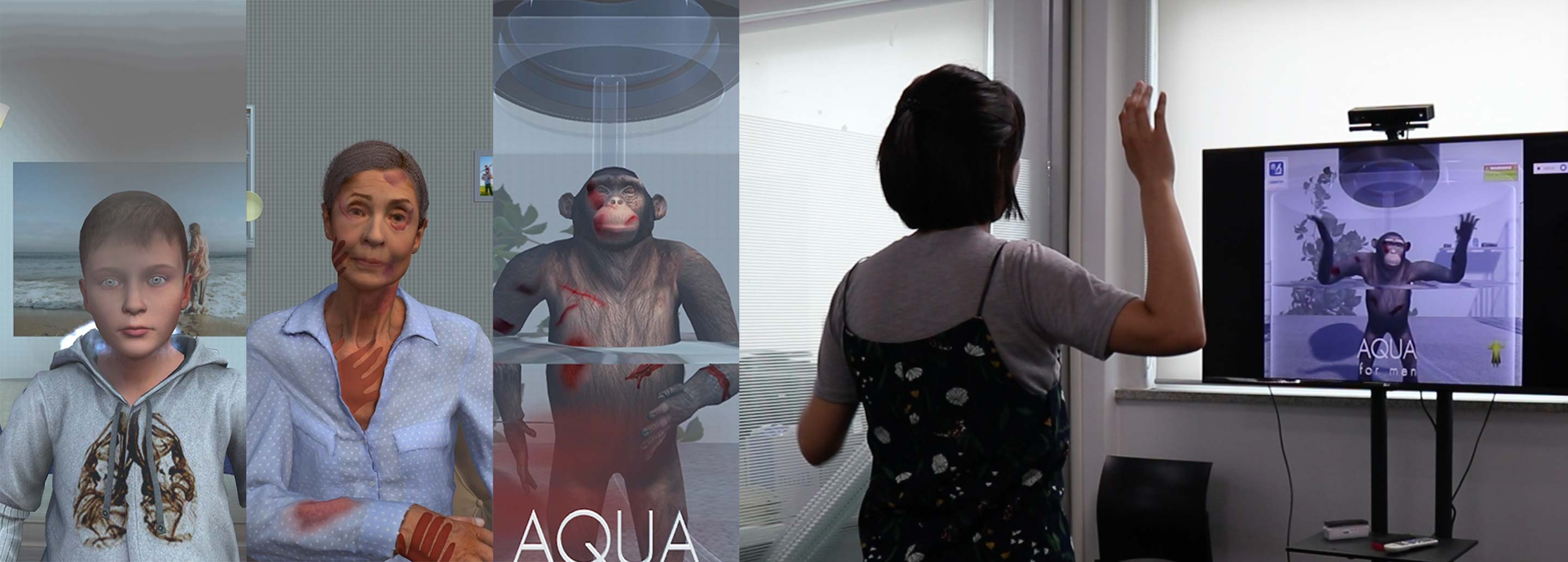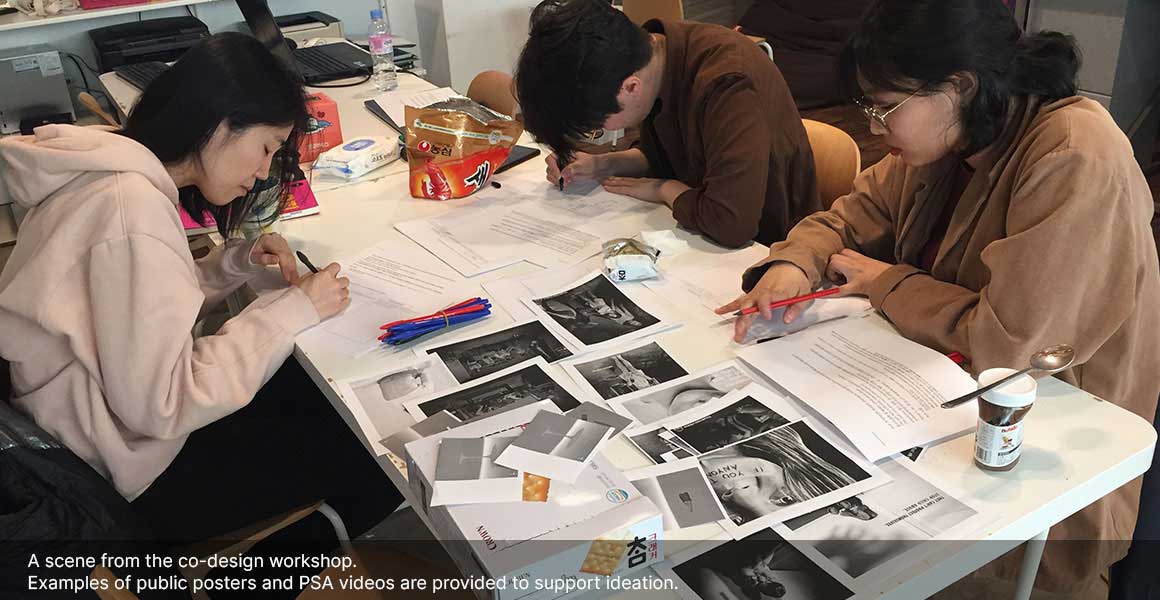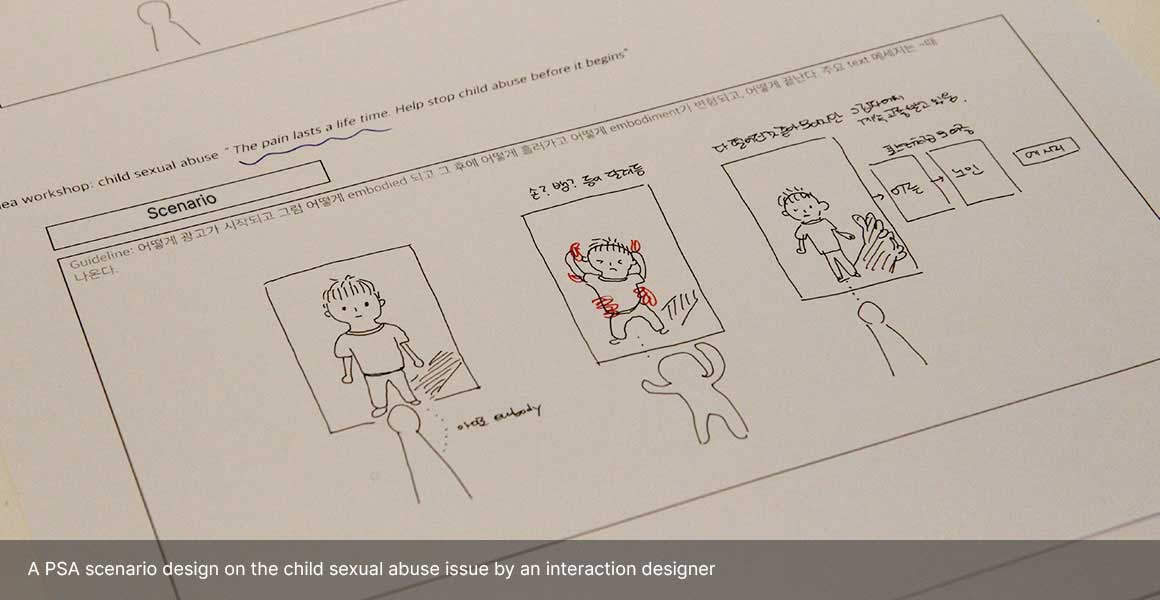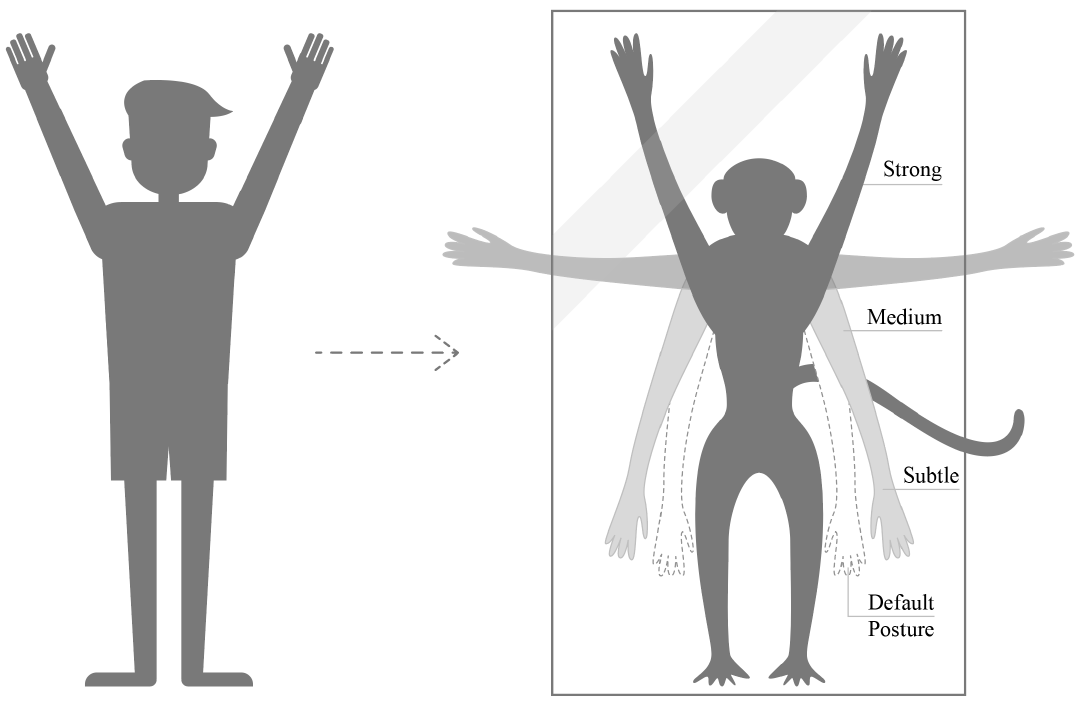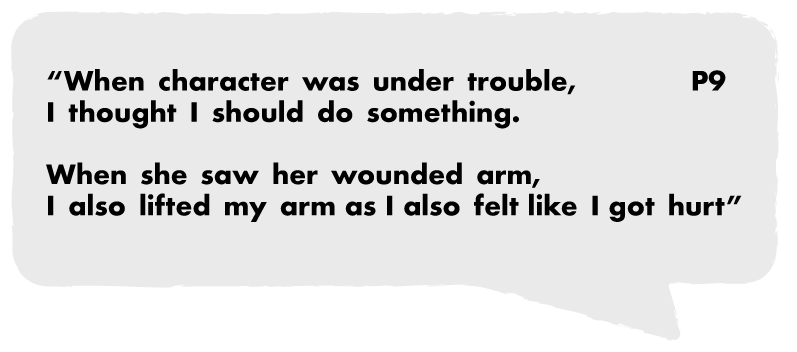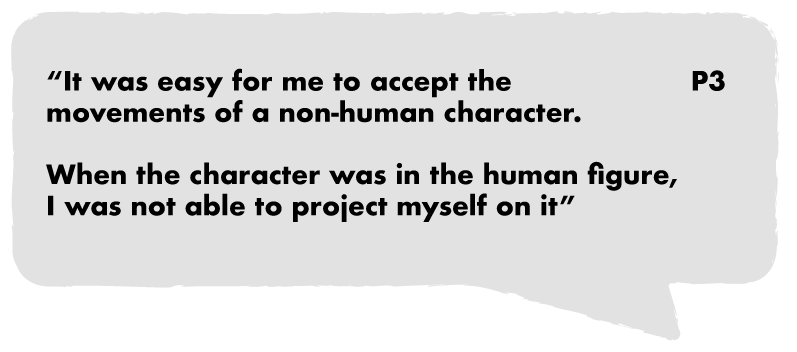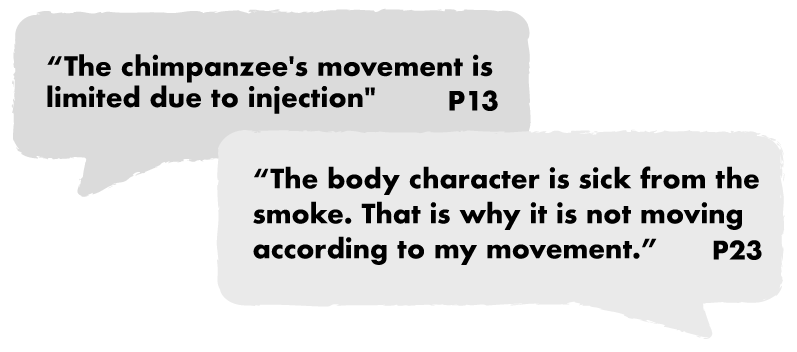Interactive Public Service Advertisement
Interactive public service advertisements (PSA) are master’s thesis project, designed to increase empathy towards social issues by incorporating embodiment in their storytelling.
I explored how a first-person immersive experience can impact a user’s perception and created design guidelines based on the user research findings.
Work timeline
Jan – June 2019
(6 months)
Category
Research
Social change
About the project
- Embodied public service advertisements were designed to answer the question of how PSAs can increase audiences’ empathy and understanding of social issues.
- Competitive research identified a research gap in PSAs by putting the user in a first-person perspective. During a co-design workshop, design opportunities were found to increase immersion and impact.
- Deliverables included three interactive PSAs on different social issues, proof of the effectiveness of the embodied PSA in increasing empathy, and design guidelines based on research analysis.
Process
I conducted this project for my Master’s thesis at Korea Advanced Institute of Science and Technology. As the main contributor, I wore different hats, including UX researcher, interaction designer, and Kinect programmer. I received advice from my thesis advisors and graduate students at Wonderlab.
Research
Research opportunity
Based on my research, I have identified the following points to focus on for this research opportunity.
Research questions
To guide the design and user testing, I formulated research questions based on the research opportunities.
Design and iterate
PSA scenario design
I have created three public service announcements (PSAs) addressing the issues of domestic child abuse, passive smoking, and animal cosmetic testing. Each PSA has been designed with the following key points:
- The guidelines addressed in PSA theory
- Analyzed results of the co-design workshop
- Flow patterns, appearing elements, and stimuli of the existing PSAs
- Findings from two pilot tests
Strong embodiment
synchronously maps the participant’s movement to that of the character.
Medium embodiment
limits the character’s movement
Restricted embodiment
strongly restricts the character’s movement.
Evaluate

A participant going through user testing

Overview of the test setting
Each participant went through three stages of user testing. First, they received an overview of the test. Then, they had three different PSA experiences, each followed by a survey. Finally, they participated in a 10-minute in-depth interview.
For each PSA, the embodiment level was randomly chosen from three different embodiment versions and a controlled version.
Takeaways
The project gave me an understanding of how to design embodied interaction in the public setting dealing with difficult but important issues. From the user testing, embedding interactivity is no answer to all, as providing immersive animation can often be more effective than an interactive approach.
I’ve submitted the work to Designing Interactive Systems (DIS) conference where I got critical feedback. The reviewers were pointing at the risk of work that may bring up the trauma of real sufferers. The experience of witnessing people interacting with context may bring ethical concerns.
From this experience, not only did I realize interactivity is a double-edged sword, but a crucial need to work with critical stakeholders in the earlier phase as possible. And this is why I left for another journey to study and find out the appropriate use of technology on uncomfortable stories.


